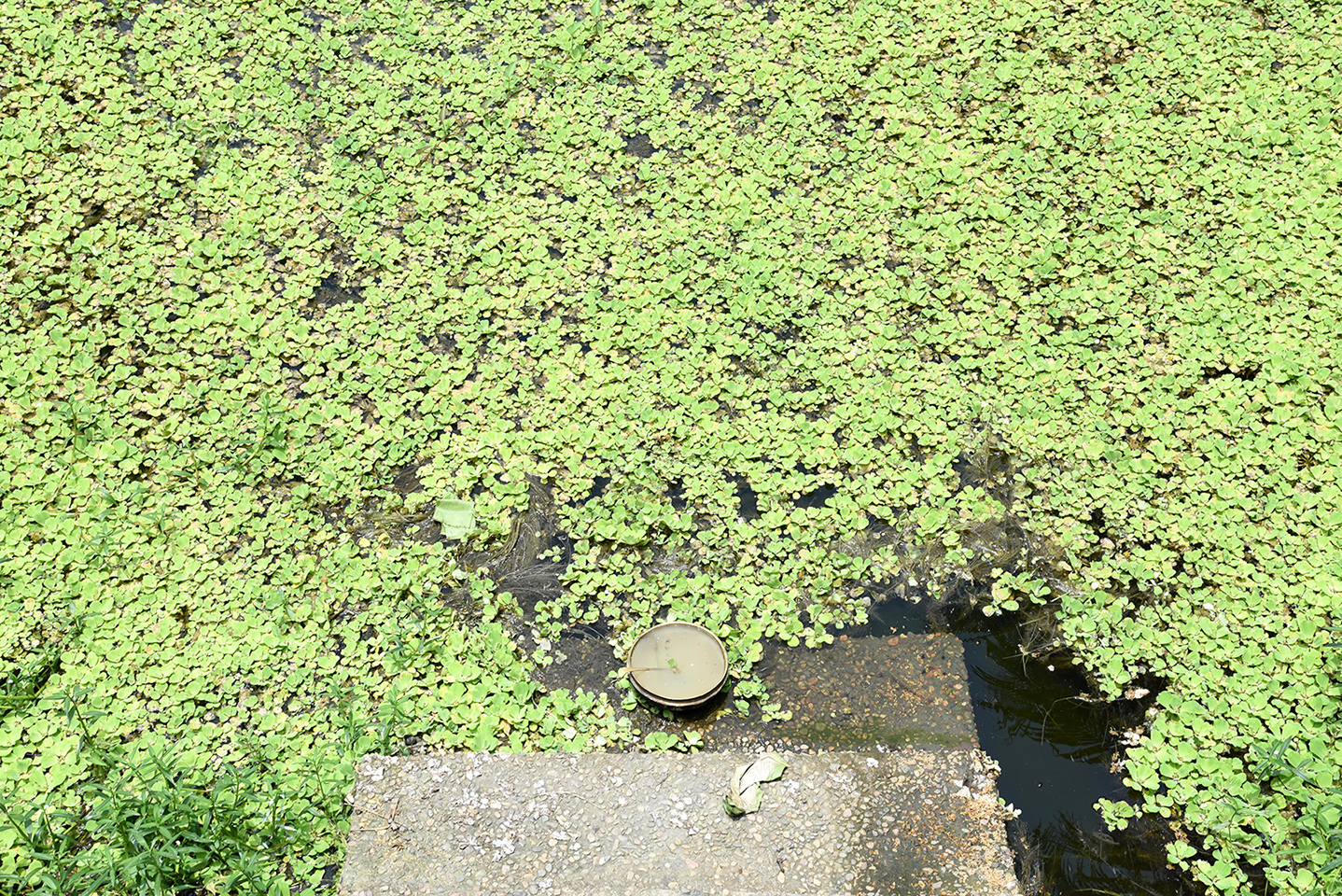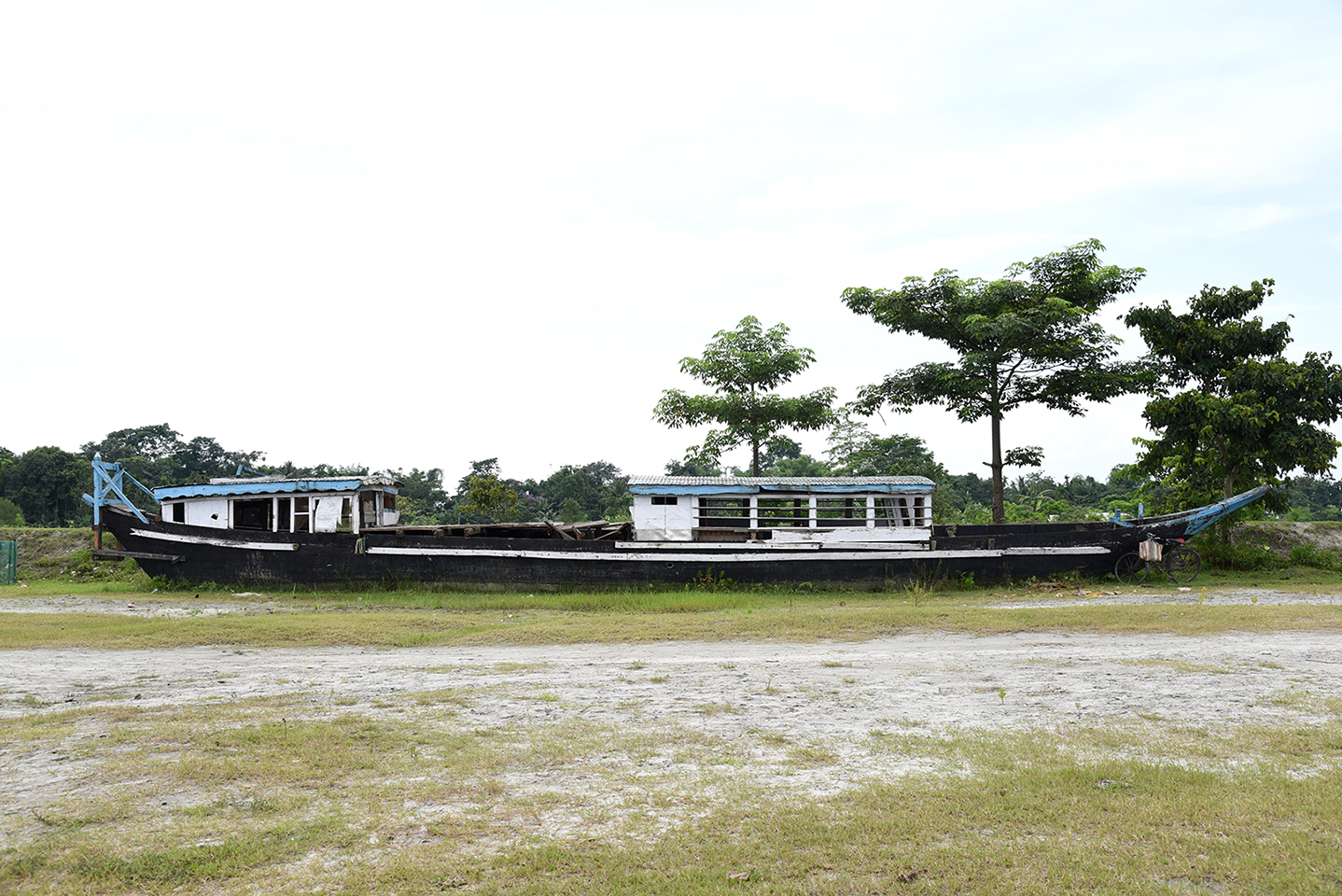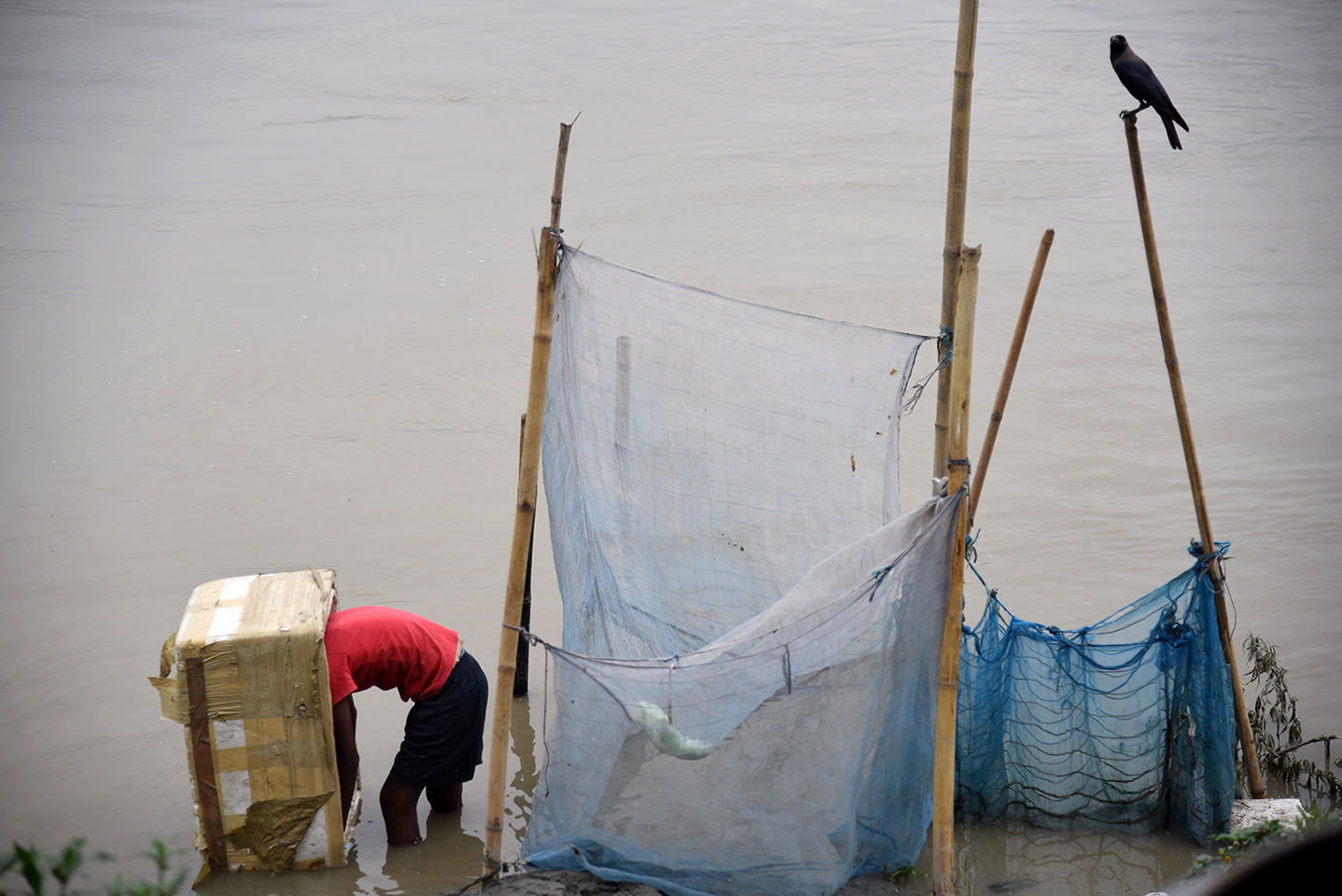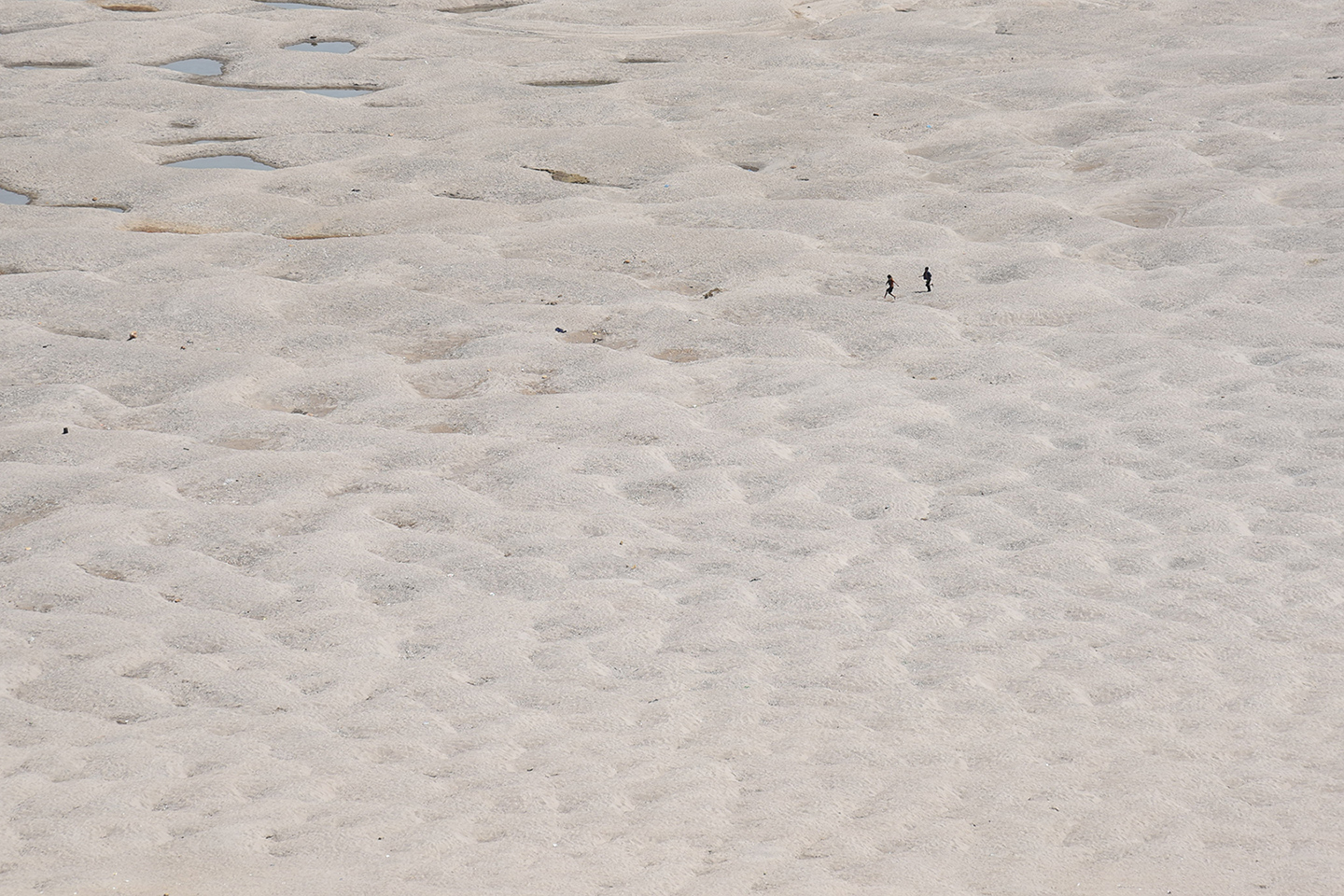Where the River Ends
The project, as titled, ‘Where the River Ends’ is based on the river Brahmaputra and its surrounding valley. One of the major antecedent rivers of Asia, the river Brahmaputra is a trans-boundary river which flows through China, India and Bangladesh, and is known by different names in different locality. In Assam, the river is most commonly addressed as Luit or Burha Luit (literal - old Luit, metaphorical derivation - old man river). The River has been a source of multiple regional folk stories, songs, poems and philosophical inspiration. The only river in India to be addressed as Nad (masculine form of Nadi - River), is personified as the cultural ‘Old Father’ in multiple regional scriptures. Its brute force and untimely nature have been the source of multiple personal as well as cultural losses, in a way, conditioning the native civilization to the lessons of acceptance and adaptability. One of my personal relationship with the river Brahmaputra is through my grandfather. In the year 2013, 5th of September, my grandfather decided to end his life by jumping in the river Brahmaputra.
Assam
Before establishing his business in Guwahati city, my grandfather used to sell fruits and vegetables across the Brahmaputra valley. As a kid, I used to listen to the stories and incidents of his past, his journeys and tales of different areas of the valley. He used the describe the beauty of various localities and its uniqueness, along with stories of coping up with various natural calamities. He was also a follower of the Shankari sect of Vaishnabait, established by 15th century spiritual leader Shankar Dev, whose hub can still be found in Majuli and my grandfather used to describe in great details about the beauty as well as plight of the river island, along with the lifestyle that was being adapted there.
Through this project, I tried to revisit all the places my grandfather used to describe through his stories and tried to relive those experiences. I covered the entire length of the river in Assam, i.e., from the district of Sadia, which is situated near Arunachal Pradesh, to Dhubri, which shares its borders with Bangladesh, along with some parts of Arunachal Pradesh and Meghalaya. I visited all the places during different seasons and tried to look at the changing landscapes through my lenses as I wanted to have a better understanding of the river itself. The project tries to understand the complex relation of a human society with a river and how a constant cycle of life and death, creation and destruction is observed throughout the river.

Couple of boatmen, rowing along the river Brahmaputra.

Brahmaputra riverbank.

Brahmaputra riverbank, Bamundi, 2019.

Brahmaputra riverbank, Sualkuchi, 2019.

Sankari Bhakat (Monk), Majuli, 2019.

Farmers heading towards naam ghar, after attending their crop.

Stairs of Auniati Satra, a 15th century cultural hub, inhabiting numerous Monks and visitors.

Mishing sang ghar, an elevated bamboo cottage mostly used by Mishing tribe. During drought, the lower areas are used to store harvested crops or livestock, and during flood, it keeps the family safe from the raging river.

Monsoon rains, 2019.

Panoramic view of a drowning island.

One of the Brahmaputra ghats, post flood, Bamundi, 2019.

A farmland of Upper Assam.

Ship wreckage, Majuli, 2019.

Sand and stone mining, Simen Sapori, 2019.

Sand and stone mining, Jia Dhal, 2019.

Dheran Goswami, Sankari performance artist, Majuli, 2019.

Active urbanization near the river bank, North Guwahati, 2018.

View of Guwahati city from Kamakhya hilltop, Guwahati, 2018.

Fish vendor, Uzanbazar Mas Ghat Guwahati, 2019.

Couple of children running along the bank of the river.
Noi de Uzai Jaam
Credits : Video - Sumit Baruah Song - Noi de Uzai Jaam Singer - Bimala Gogoi Ben - Budheswar Konwar Sound Mastering - Subhankar Choudhury
Suggested Stories

